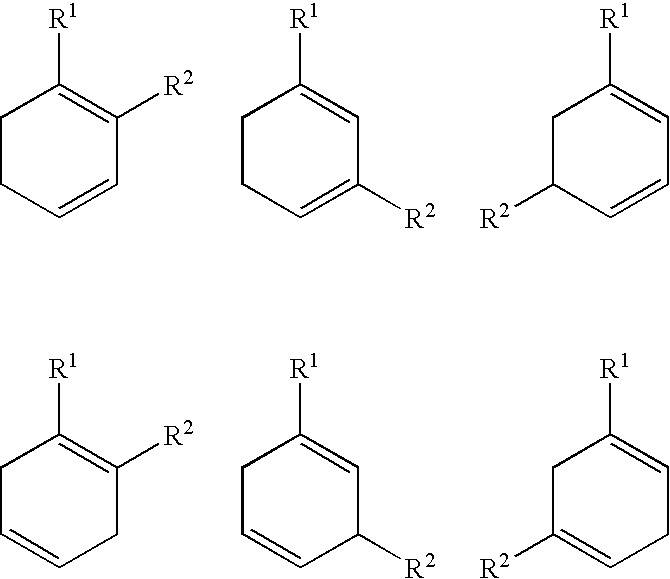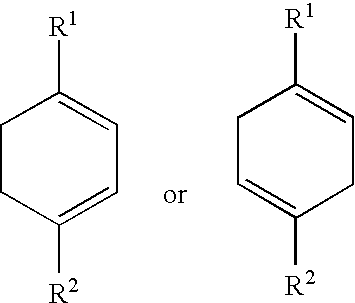Polymerization inhibitor for tetrafluoroethylene
a technology of tetrafluoroethylene and polymerization inhibitor, which is applied in the direction of organic chemistry, halogenated hydrocarbon preparation, separation/purification of halogenated hydrocarbons, etc., can solve the problem that the performance of preventing polymerization cannot be obtained in the rectification step, the effect of preventing polymerization of this terpene mixture is not enough, and the rectifying column is not large enough. achieve the effect of stably recti
- Summary
- Abstract
- Description
- Claims
- Application Information
AI Technical Summary
Benefits of technology
Problems solved by technology
Method used
Image
Examples
example 1
[0039]Three 6.9 cm3 pressure-resistant containers containing 3.88 g, 3.78 g and 3.85 g, respectively, of silica gel (HISHI BEAD N, manufactured by DOKAI CHEMICAL INDUSTRIES CO LTD.) heat-treated at 150 degrees Celsius for 20 hours were depressurized, and oxygen was removed till oxygen concentration became 0.8 ppm. Consequently, a mixture gas (TFE / N2=73.2 / 26.8) of TFE and nitrogen containing 5.84 mol ppm, 9.02 mol ppm and 14.91 mol ppm of α-terpinene (a product manufactured by TOKYO CHEMICAL INDUSTRIES CO. LTD.) was charged at room temperature till 0.51 MPa of an internal pressure of the container. The container was opened 24 hours later, and the weight increase of the silica gel was measured.
[0040]Results are shown in Table 2.
PUM
| Property | Measurement | Unit |
|---|---|---|
| vapor pressure | aaaaa | aaaaa |
| vapor pressure | aaaaa | aaaaa |
| temperature | aaaaa | aaaaa |
Abstract
Description
Claims
Application Information
 Login to View More
Login to View More - R&D
- Intellectual Property
- Life Sciences
- Materials
- Tech Scout
- Unparalleled Data Quality
- Higher Quality Content
- 60% Fewer Hallucinations
Browse by: Latest US Patents, China's latest patents, Technical Efficacy Thesaurus, Application Domain, Technology Topic, Popular Technical Reports.
© 2025 PatSnap. All rights reserved.Legal|Privacy policy|Modern Slavery Act Transparency Statement|Sitemap|About US| Contact US: help@patsnap.com



